|
Berean Cottages The Green, Croxley Green, Herts WD3 3HJ |
The Cottages were built at the south end of The Green in 1820 by Miss Mary Bentley, who named them after the people of Berea of Biblical times.
The 2-storey terrace contained ten almshouses for the elderly people of the village who were in dire need. Each resident had their own front door, with a sitting room on the ground floor and a bedroom above. At the rear of the building were outside WCs and a communal wash house. The rent charged was one penny a week, so the terrace was known locally as Penny Row.
Eventually the almshouses came into the ownership of Mr William Richard Woolrych of Croxley House (Miss Bentley was his great-aunt). In 1876 he sold them to Thomas Hoade Woods, a partner of the auctioneers Christie, Manson and Woods (now known as Christie's), who lived in Durrants House. Woods instituted a charity for the upkeep of the almspeople and the almshosues. On his death in 1906 the almshouses were sold to the art dealer and philanthropist Charles Morland Agnew.
By the turn of the century the almshouses were in need of modernisation, but it was not considered financially viable to do so. Despite this, they were offered as temporary accommodation to returning soldiers at the end of WW1 (1914-1918). The almshouse building soon became known as Heroes' Terrace, with a nominal rent of a shilling (5p) a week.
In 1920 Agnew presented the building and its land to the adjacent All Saints Church, which was in need of a church hall.
The almshouses were demolished around 1925, with the tenants being rehoused in Gonville Avenue.
A plaque stating Berean Cottages 1827 was removed from the building and installed on the wall of a builder's yard opposite the church.
Current status
The church hall was eventually built on its site and officially opened by the Archdeacon of St Albans in November 1932.N.B. Photographs obtained in January 2022
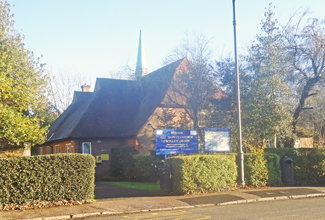
The entrance to the All Saints Church Hall (above and below).
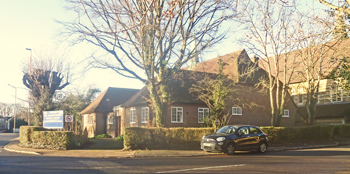
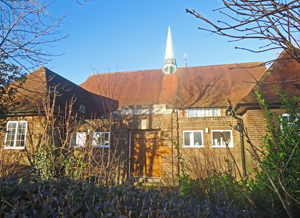
The spire of All Saints Church can be seen behind the building.

The church hall.
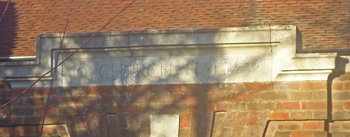
A stone plaque above the hall's entrance doors states: 19 Church Hall 32.

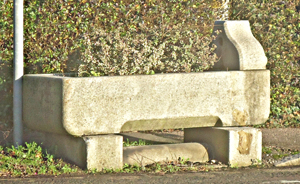
A horse trough belonging to the almshouses, dated 1901, survives as a decorative feature outside the church. It is now used as a flower tub. The inscription on the side reads: Be merciful to all God's creatures.
References (Accessed 20th March 2023)
www.croxleyresidentsassociation.co.uk (1)
www.croxleyresidentsassociation.co.uk (2)
www.croxleyresidentsassociation.co.uk (3)
www.croxleyresidentsassociation.co.uk (4)
www.croxleyresidentsassociation.co.uk (5)
www.croxleyresidentsassociation.co.uk (6)
Last updated 20th March 2023
Click here to return to Almshouses of London alphabetical list
Click here to return to home page